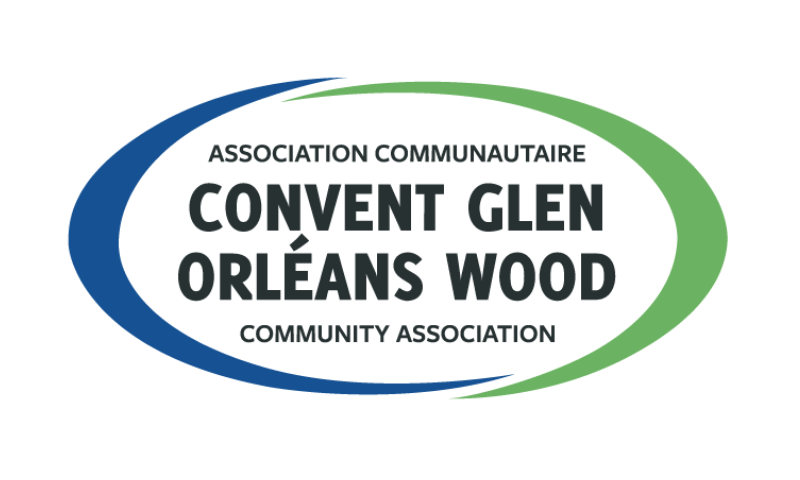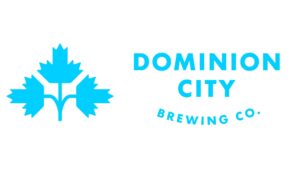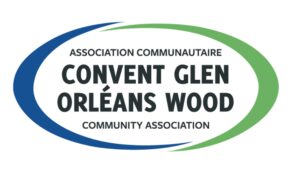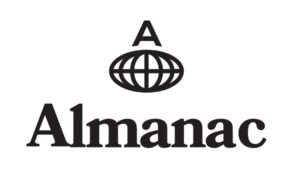
As a proud member of the board of our community association in Convent Glen Orleans Wood, I am a huge proponent of the maintaining the charm and tranquility of our neighbourhood. We all cherish the sense of familiarity and the ease of getting around without needing to navigate traffic during peak times, especially when construction projects cluster in our neighbourhood.
However, as our community matures, we should consider ways to improve our road infrastructure to ensure safety and efficiency for all residents. One common way to improve traffic flow for all road users is the replacement of signalized intersections with roundabouts.
Roundabouts in Orleans: A History
Orleans has had a taste of roundabouts for quite a while now at St. Joseph and Jeanne d’Arc, which by the way is one of the most efficient intersections in the area according to traffic studies. When the new roundabout at Fortune/Vineyard and Jeanne d’Arc was publicly proposed earlier in 2024, it was presented as something that the city (and especially OC Transpo) needed in order to move buses around efficiently in the area. The consensus-unpopular decision to update this intersection was extremely settled before any public consultation, and though I wasn’t there, I heard that the public meeting about it was more of an explanation of what was going to happen.
However, it may surprise you that there were people (like me) in the community who have been advocating for roundabouts at several (if not all) intersections along Jeanne d’Arc for quite a while now, probably even longer than I know. Though the FAQ provided later by the city does make a very persuasive argument as to the reasons why roundabouts are safer and more appropriate traffic intersections for this area, the public meeting seemingly did not really attempt to make this case.
A lot of people we hear from in the area are under the impression that a roundabout in front of or near a school is more dangerous than a signalized intersection, but the reality is that roundabouts force drivers to pay closer attention to the road as they approach and give pedestrians and other road users a more equal footing to get across the intersection quickly and safely. These points are covered in great detail in the FAQ I linked above, and it is a well-researched fact that roundabout acceptance after one or more are running in a community skyrockets as compared to the perception of them before construction.
Roundabouts are also significantly cheaper to maintain than signalized intersections, with only a tiny amount of ongoing electricity use for the pedestrian signals, and much less frequent equipment maintenance or replacement since there is so much less electrical infrastructure.
The city doesn’t have much budget room right now for making such drastic improvements to road safety and traffic flow (see a post linked in our January newsletter for some of the reasons: Suburban Living – A Path to Resilience and Affordability), but I really think we would regret it as a community if we didn’t push for more than a fresh coat of paint on the status quo when Jeanne d’Arc is renewed. If we don’t take advantage of this opportunity, it could be another generation before it gets looked at again, and I think that would be pretty unfortunate.
Below, I’ll go into a little more detail on some of the other advantages of roundabouts in our area.
The Safety Advantage
One of the most compelling reasons to consider roundabouts is their significant safety benefits. According to the Federal Highway Administration, roundabouts reduce fatal and injury crashes by 78% compared to signalized intersections1. This is primarily because roundabouts eliminate the possibility of high-speed, right-angle collisions, which are common at traditional intersections. Instead, vehicles in a roundabout move at slower speeds and in the same direction, reducing the severity of any potential accidents.
Improved Traffic Flow
A common misconception is that roundabouts cause more traffic congestion. In reality, roundabouts improve traffic flow by allowing continuous movement of vehicles. Unlike signalized intersections, where drivers must wait for a green light, roundabouts keep traffic moving, reducing delays and improving overall efficiency2. This means less time spent idling in traffic and more time enjoying our beautiful neighborhood.
If you’ve ever sat at a red light waiting to cross or turn on to Jeanne d’Arc when there are no cars in sight, you should know exactly what I’m talking about.
Environmental Benefits
Roundabouts also offer environmental advantages. By reducing the amount of time vehicles spend idling, roundabouts help lower vehicle emissions and fuel consumption3. This contributes to cleaner air and a healthier environment for our community. Additionally, the central islands of roundabouts can be landscaped, adding greenery and aesthetic appeal to our streets.
Addressing Misconceptions
It’s natural to have concerns about changes to our familiar roadways. Some residents worry that roundabouts are confusing or difficult to navigate. However, modern roundabouts are designed with clear signage and pavement markings to guide drivers safely through the intersection4. Studies have shown that once drivers become accustomed to roundabouts, they find them easy to use and appreciate the improved traffic flow.
Another common myth is that roundabouts take up more space than signalized intersections. In fact, roundabouts often require less space because they eliminate the need for turn lanes. This can be particularly beneficial in our suburban setting, where preserving green spaces and minimizing road expansion is a priority.
Lesser-Known Benefits
Beyond the well-known advantages, roundabouts offer several lesser-known benefits. For instance, roundabouts are generally safer for pedestrians. The splitter islands provide a refuge for pedestrians crossing the road, allowing them to navigate one direction of traffic at a time5. Additionally, roundabouts can accommodate large vehicles, such as school buses and emergency vehicles, ensuring that all types of traffic can move smoothly through our community6.
Conclusion
As we consider the future of our neighborhood, it’s essential to weigh the benefits of modern infrastructure improvements like roundabouts. By enhancing safety, improving traffic flow, and offering environmental benefits, roundabouts can help us maintain the charm and efficiency of our community. Let’s embrace this change together, ensuring that our neighborhood remains a safe, pleasant place to live for years to come.
- The Benefits of Roundabouts in Modern Traffic Systems ↩︎
- Modern roundabouts boost traffic safety and efficiency | ASCE ↩︎
- Modern Roundabout Intersections: When To Use Them? A Comparison With Signalized Intersections ↩︎
- Debunking Stubborn Roundabout Myths – A Peek at the Peak Magazine ↩︎
- Let’s circle back & discuss roundabouts – Traffic Injury Research Foundation ↩︎
- Are Roundabouts More Dangerous Than Normal Intersections? ↩︎









1 ping
[…] Learning About Roundabouts: Steering Towards a Safer, More Efficient Community […]